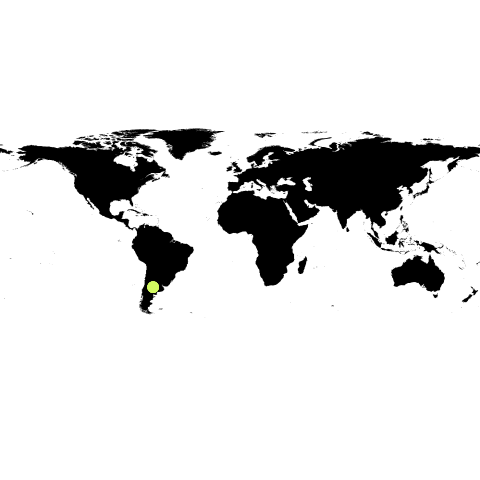What is the name of the solution holder? (main contact person, if multiple)
Illac Diaz (Liter of Light´s global founder) Lucas Herrero (main contact person in Argentina)
What is the address and preferred way to contact the solution holder?
[REDACTED_EMAIL] (Global) [REDACTED_EMAIL] (Argentina)
Does the solution holder have any institutional affiliation in country?
Illac Diaz, Liter of Light, Lucas Herrero, Universidad de Palermo
What is the purpose of the solution? (brief problem & solution description)
In many towns in Argentina, power lines become unfeasible. This brings social and development problems in the communities. The lack of access to quality public lighting generates insecurity, not only from the criminal point of view, but also from the daily routine. One of the things that is often said about the lack of lighting, both in homes and abroad, is that it "shortens the day", relegating daily tasks only to moments of sunlight. We also see poor lighting in houses as a major problem, which generates lack of hygiene and self-development. Liter of Light Argentina makes quick-install public luminaires not only for specific interventions in neighborhoods, but also to provide lighting in cases of emergencies in which the neighborhood is left without electricity. The solution is based on the installation of luminaires that work with photovoltaic energy with a current of 12v, which are made with cheap and accessible materials throughout the world. These luminaires can be for inside houses, or units of 3 meters high to illuminate an area of up to 40 square meters. The power supply of the system will use lead acid batteries (whose value ranges from US$20 to 50, which will last between 2 and 3 years). It comes with a 30 watt solar panel and can withstand strong winds and 12v outdoor lighting. All these elements can be obtained anywhere in the world, hence the versatility of this system. In turn, these systems, by providing 12v power, can be used to power cell phones, UHF and VHF radios, and other electronics. Thus generating the possibility of communication in case of supply cuts or consequences of natural phenomena. This means that the people of the communities not only learn about the power generation systems, the electrical risk (since these systems replace the clandestine electrical connections that generate fires), and the electrical infrastructure, but also generate in them more strength in knowledge, and communication capacity in case of health emergency. At the same time, they carry out health, hygiene and sanitation programs since some communities are also far from the health points. These programs help improve the quality of life of people with healthy habits and community nursing actions. T Therefore, this solution gives energy, light, security, adaptation, and technical and health knowledge to the populations. In other words, it not only gives them light, energy, and primary health care, but it leaves them the knowledge, and some infrastructure and equipment so that they can continue to work cooperatively.
Please upload a picture of the solution.
Please insert a link to the solution.
Is this solution DIY / open source or IP protected?
DIY / open source
Will the solution holder be able to train others (including end-users) in using or replicating the solution?
Yes
What is the unit cost of this Solution along with any additional cost for maintenance and training?
Is this solution a prototype or product?
Prototype
If this solution is a product, is it available in the market (off the shelf) or advance order has to be given?
What is the Technological Readiness Level (TRL) of this solution?
Prototype system
How much has this solution already been diffused? Is there potential feedback from end-users available?
Liter of Light has installed more than 350,000 bottle lights in more than 15 countries and taught green skills to empower grassroots entrepreneurs at every stop. Liter of Light's open source technology has been recognized by the UN and adopted for use in some UNHCR camps. Liter of Light is the proud recipient of the 2016 St. Andrews Prize for the Environment, the 2015 Zayed Future Energy Prize, and a winner of the [REDACTED_PHONE] World Habitat Award.
Please upload a link of end-user feedback
https://www.youtube.com/watch?v=o-Fpsw_yYPg
Are there any efficiency benchmarks for this solution (eg. how much energy does it save; how much cheaper does it produce energy than current market rates/ current household expenditure / cost per kW h)?
The lithium phosphate battery gives 12-16 hours of light everyday. It automatically lights up at nightfall and comes with an on/off switch. It has different lighting solutions: solar lamp, house light, street light and bottle light.
Are there any other potential bottlenecks affecting cross-border or in country diffusion of this solution?
Please attach a consent form or add an official link to this solution.
 Consent to share form or official link.
Consent to share form or official link.

 7Affordable and clean energy
7Affordable and clean energy 9Industry, innovation and infrastructure
9Industry, innovation and infrastructure 11Sustainable cities and communities
11Sustainable cities and communities 12Responsible consumption and production
12Responsible consumption and production 13Climate action
13Climate action

Comments
Log in to add a comment or reply.